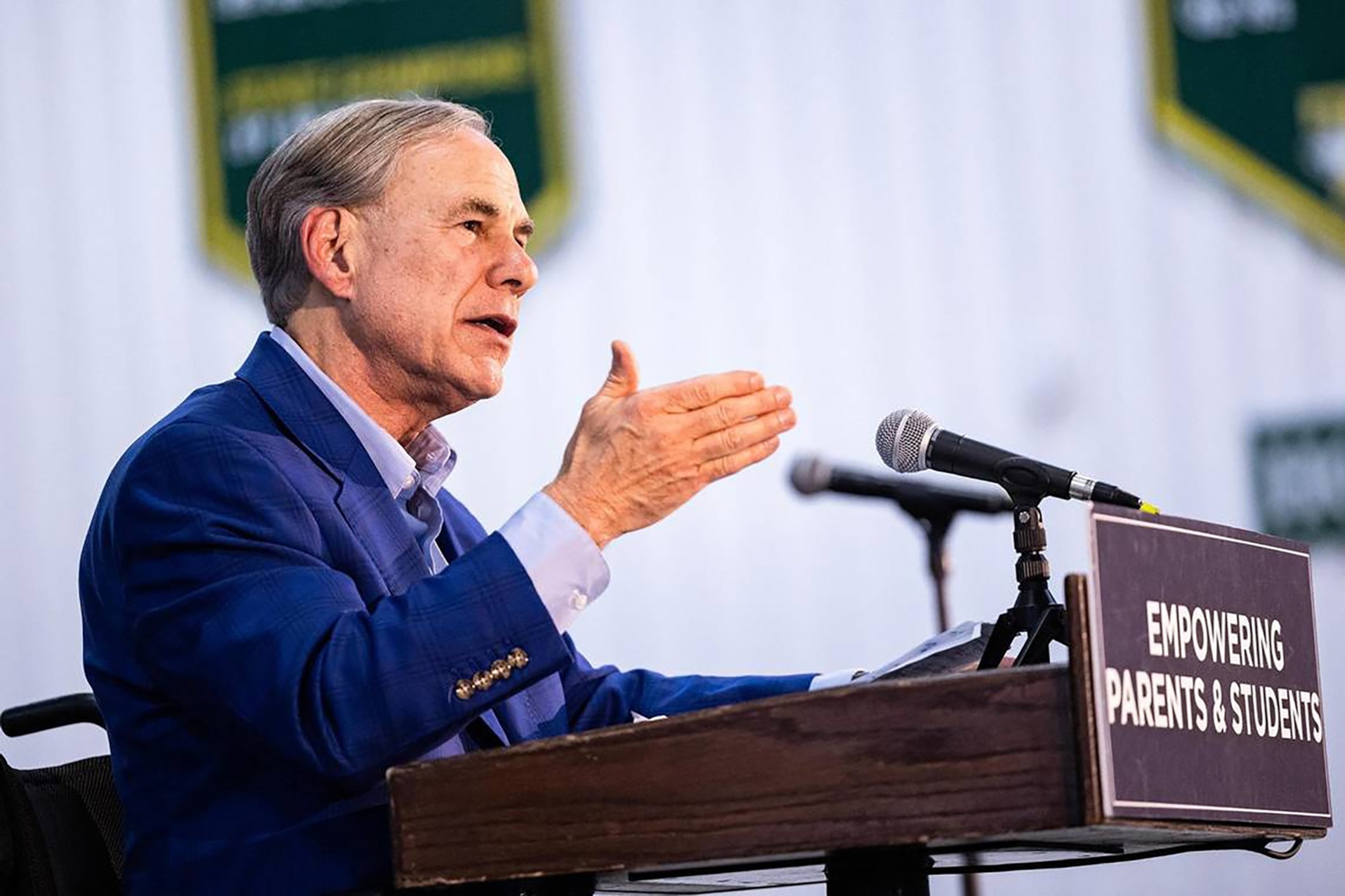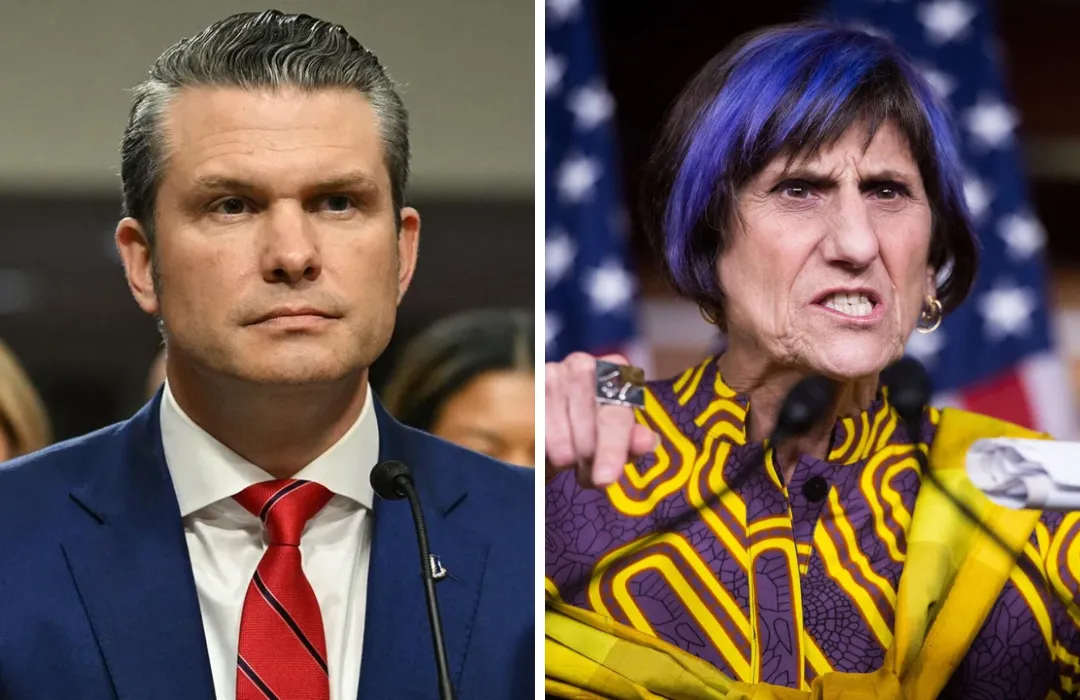Missouri Governor Mike Kehoe has set the stage for one of the most consequential political battles in the state’s recent history by announcing a sweeping redraw of the U.S. House map that could leave Democrats with just one congressional seat.
The move, hailed by Republicans as a bold assertion of the state’s conservative mandate and condemned by Democrats as a brazen power grab, underscores the intensifying fight over representation, redistricting, and political control heading into the next election cycle.
Kehoe, a Republican who succeeded in consolidating GOP power across state institutions, unveiled the plan at the Capitol earlier this week. The proposed map would effectively dismantle Democratic influence in the 5th District, anchored in Kansas City, by carving it into several Republican-leaning pieces.
In practice, this would almost certainly endanger longtime Democratic incumbent Emanuel Cleaver and cement Missouri’s delegation as 7 Republicans to 1 Democrat.
“This is about ensuring that Missouri’s congressional delegation reflects the values of our state,” Kehoe declared during the press conference. “Missourians have made it clear time and time again that they reject the radical policies of Washington Democrats. This map will guarantee that the people of Missouri are represented by leaders who share their priorities.”
The announcement is part of a broader national strategy among Republican governors and legislatures to redraw congressional maps mid-decade in response to shifting populations and ongoing litigation over district boundaries.
Kehoe framed the move as a defense of Missouri’s conservative character against what he described as attempts by national Democrats to exploit redistricting for partisan advantage.
Party leaders have been openly discussing the importance of securing additional seats in battleground states to ensure a Republican majority in the U.S. House.

In Missouri, where Republicans already dominate at the state level, the redistricting plan is seen as both a show of strength and a message that the GOP intends to use every available tool to maintain its edge.
“This is about fairness,” Missouri Republican Party Chair Nick Myers said. “The Democrats would do the same if they had the numbers. But in Missouri, the numbers are clear. Voters overwhelmingly support Republican values, and our congressional map should reflect that reality.”
Democrats, meanwhile, erupted in anger at Kehoe’s announcement, accusing the governor of manipulating the political process to silence dissenting voices.
“This is nothing less than an assault on democracy,” said Missouri Democratic Party Chair Russ Carnahan. “The governor is attempting to redraw the lines not for fairness, not for representation, but for raw political gain. He is effectively trying to erase the voices of hundreds of thousands of Missourians in Kansas City who deserve real representation.”
Civil rights groups echoed those concerns, warning that the plan would dilute minority representation and further marginalize communities of color. Lawsuits are all but certain, and national Democratic organizations have already signaled their readiness to challenge the new map in court.
The battle over Missouri’s congressional districts is not new. The state has long been at the center of disputes over gerrymandering, with both parties accusing the other of drawing maps that entrench partisan advantage.
What makes Kehoe’s announcement remarkable is its timing. Traditionally, congressional maps are drawn once a decade following the census. By moving aggressively to redraw mid-decade, Republicans are pushing the limits of precedent and testing how far courts will allow them to go.
“This is unprecedented for Missouri,” said University of Missouri political science professor Marvin Overby. “But it reflects a national trend. Both parties are increasingly willing to use redistricting as a weapon in the battle for congressional control. Missouri is simply the latest flashpoint.”
At the heart of the controversy is Kansas City, the last Democratic stronghold in a state that has turned increasingly red over the past two decades. Under the new map, the city would be split into three separate districts, each dominated by Republican-leaning suburban and rural voters.
Representative Emanuel Cleaver, who has held the seat since 2005, would likely face insurmountable odds under the new boundaries. Political analysts note that Cleaver has survived numerous Republican waves thanks to the concentrated Democratic base in Kansas City. By fracturing that base, Republicans would virtually guarantee his defeat.
“This is surgical,” said political consultant David Barklage. “The Republicans aren’t just trimming around the edges. They’re going right after the heart of Democratic power in Missouri.”
The plan is expected to spark immediate legal challenges. Opponents argue that mid-decade redistricting violates the spirit, if not the letter, of constitutional principles designed to ensure stability and fairness.
Supporters counter that there is nothing in law preventing states from redrawing maps at any time, provided they adhere to federal requirements for equal population and non-discrimination.
“Courts have generally given states wide latitude in redistricting,” explained attorney and election law expert Susan Parnell. “Unless plaintiffs can prove racial discrimination or violations of the Voting Rights Act, it will be difficult to overturn the new map. That doesn’t mean there won’t be lawsuits, but the legal path is uphill.”
Beyond Missouri, the announcement reverberates across the national political landscape. With the U.S. House of Representatives narrowly divided, even one or two additional Republican seats could tip the balance of power.

By moving to lock Democrats into a single seat, Missouri Republicans are sending a message to other red states that aggressive mid-cycle redistricting is not only possible but politically advantageous.
President Donald Trump praised the move, calling it “smart politics” and urging other Republican governors to follow suit. “We need strong leadership, and Missouri is showing the way,” Trump said in a social media post. “The radical left wants to take over our country. We can’t let it happen.”
Among ordinary Missourians, reactions have been mixed. Some residents see the move as overdue, reflecting the state’s conservative leanings. Others worry that it will deepen divisions and leave large segments of the population without meaningful representation.
“I vote Republican, so on one level I support what they’re doing,” said John Walters, a small business owner in Springfield. “But at the same time, I don’t like the idea of one party having total control. It just feels like the people in Kansas City won’t have a voice anymore.”
For Democratic voters in Kansas City, the announcement felt like a gut punch. “We already feel like we’re being ignored,” said teacher Maria Hernandez. “Now they want to erase us completely. It’s not just unfair—it’s scary.”
The special legislative session to finalize the map is expected to be contentious. Republican majorities in both chambers make passage likely, but Democrats are preparing every procedural tool at their disposal to slow or block the effort. Outside groups are also gearing up for protests, rallies, and public awareness campaigns.
Analysts say the outcome could shape Missouri politics for a generation. “If this map goes through, it’s hard to see Democrats making any comeback in the near future,” Professor Overby said. “It would cement Republican control and further polarize the state’s political landscape.”
Governor Mike Kehoe’s announcement of a mid-decade congressional redistricting plan has thrown Missouri into the center of America’s fiercest political battles.

By seeking to reduce Democrats to a single seat, Republicans are pursuing a bold and aggressive strategy that could reshape both state and national politics.
Supporters hail the move as a reflection of Missouri’s conservative values and a necessary correction to Democratic influence. Opponents denounce it as a cynical power grab that undermines democracy and silences voters.
As the legislature prepares to act and the courts brace for lawsuits, one thing is certain: Missouri has become a testing ground for the future of redistricting in America. And with the stakes so high, the battle over its congressional map is far from over.





